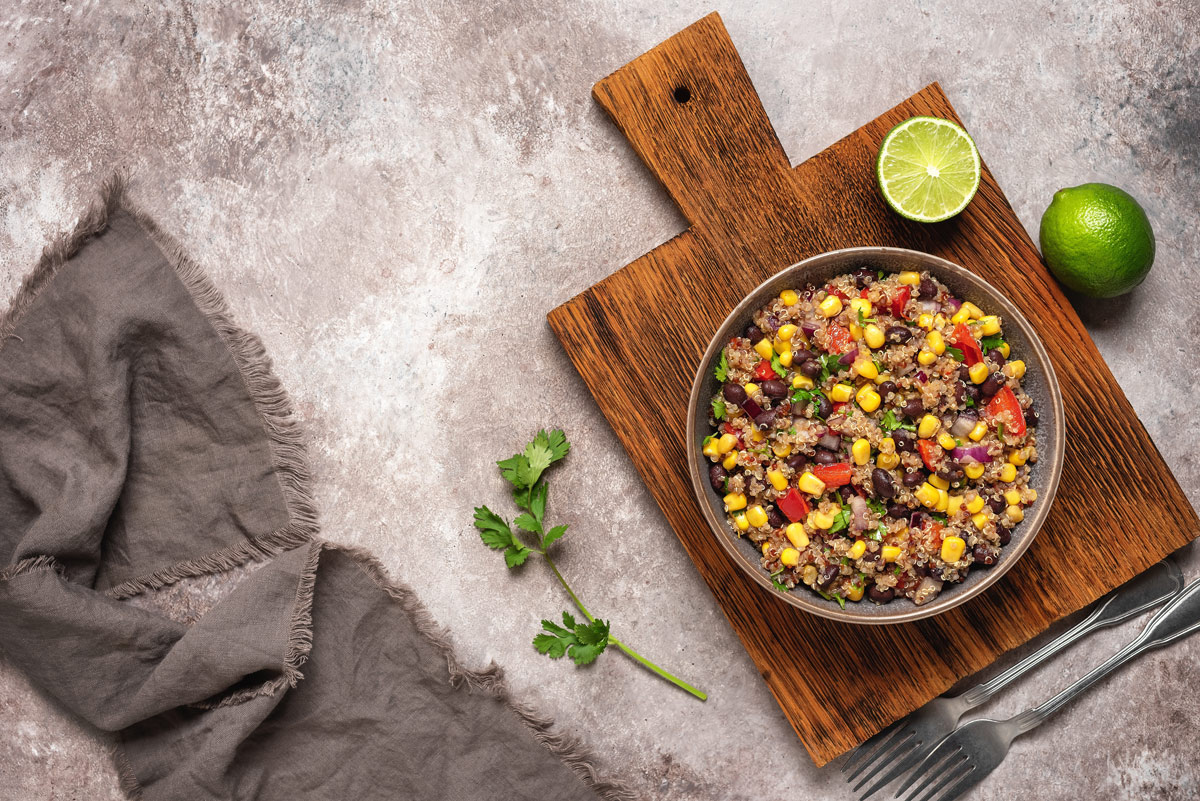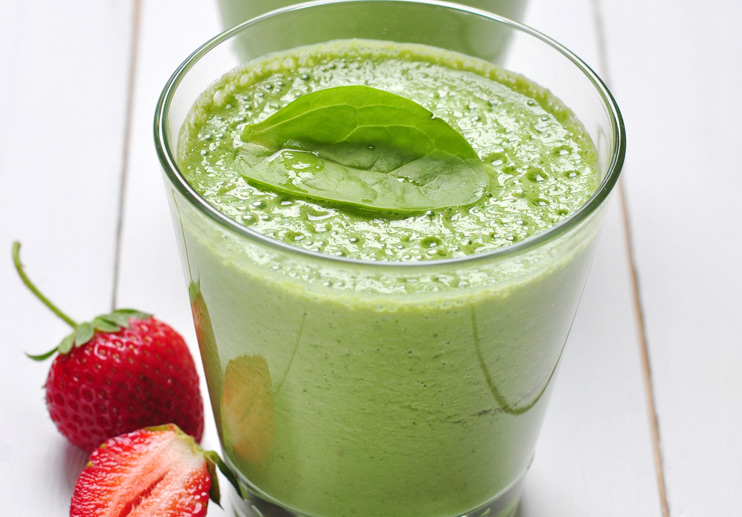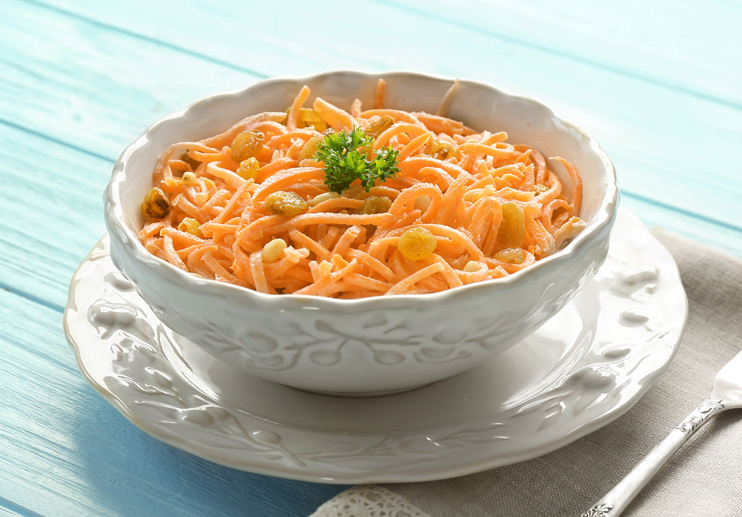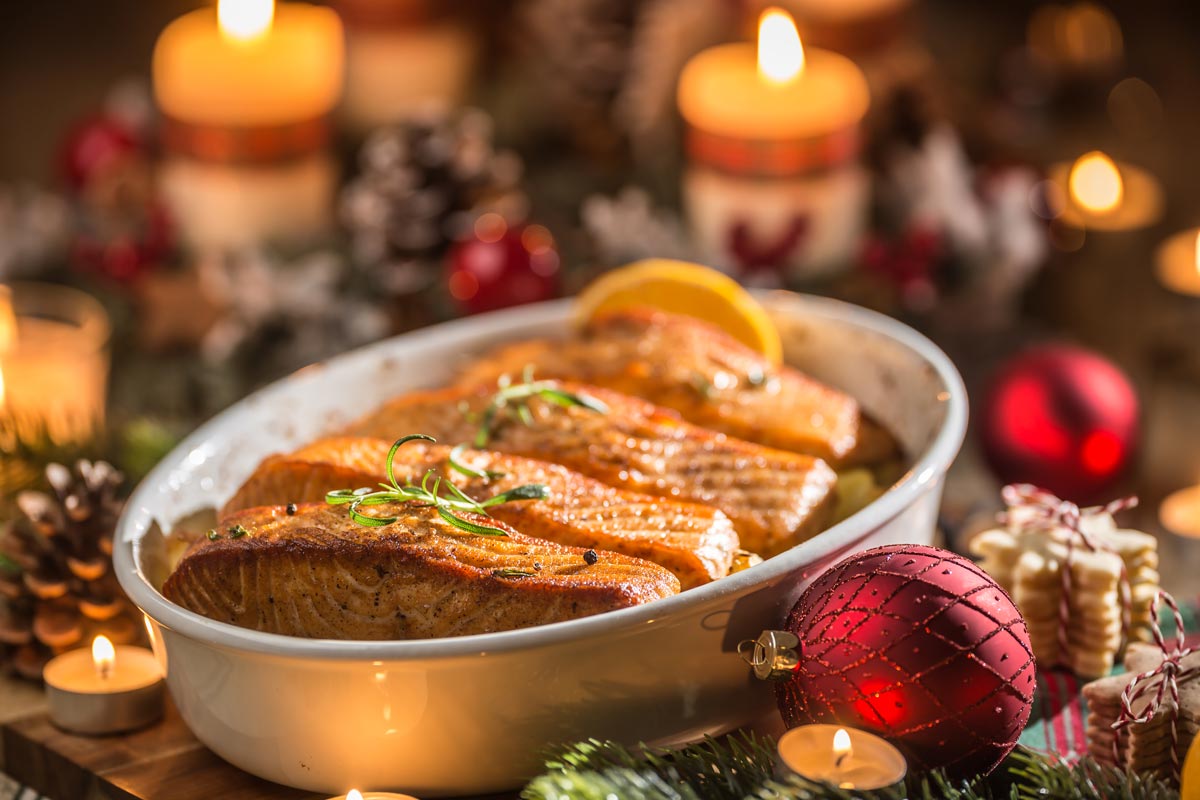Garlicky Kale and Ricotta Crostini Recipe, How the Mediterranean Diet Got Its Name, The Cultural Benefits of Olive Oil and The Key to Sustainable Eating
When we read about the benefits of olive oil, they’re usually centered on its amazing health boosts to the heart, brain, and more. Surprising as it may seem at first glance, there are also cultural benefits from having olive oil as the cornerstone of the Mediterranean diet. These benefits stem from traditions surrounding the growing and pressing of olives, choosing other seasonal and local foods, and preparing and enjoying meals with family and friends. I experience that conviviality firsthand every time I’m at an olive harvest, and it’s exhilarating! What’s more, because olive oil and most components of the diet are plant based, it’s a very sustainable way of eating for our planet. I’m sharing insights from three reports on the importance of olive oil and the Mediterranean diet to inspire you to not only embrace healthy eating, but also to better our environment.
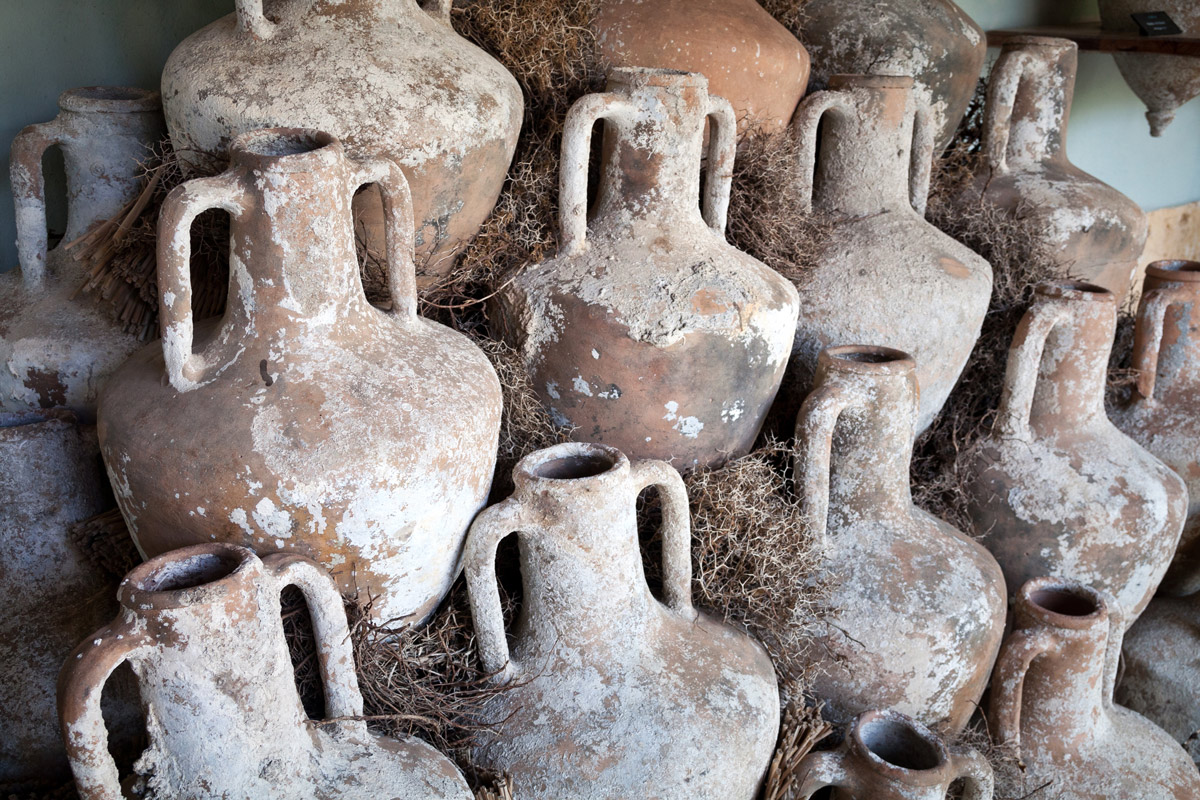

How the Mediterranean Diet Got Its Name
The history of the Mediterranean diet is itself fascinating. According to the article “Impact of Mediterranean Diet on Chronic Non-Communicable Diseases and Longevity,” published in Nutrients in June 2021, the diet was formally described in the Seven Countries Study from the 1950s. The study identified the diet’s health benefits: “Southern European populations from countries where olive trees grow naturally exhibited longevity among the highest in the world, with the lowest incidence of coronary heart disease, cancer, and other non-communicable diseases. These populations did not follow a specific dietary pattern, but some traditional eating and lifestyle habits [that] originated centuries before.” That description piqued the interest of everyone—from scholars to foodies—from that day forward. It’s not hard to argue that the Mediterranean way of life became the inspiration for each of today’s wildly popular plant-based diets.
That early research showed that over 60% of the calories in the Mediterranean diet came from plant foods, compared to just 37% in the American diet, and though both populations ate the same number of fat calories, the main source of these calories among Mediterranean people was olive oil, not the animal fat preferred in the US. The researchers of the study were surprised by how healthy the Mediterranean people were despite living without the so-called advances of the Western industrialized world! People in the region might have wished for more meat in their diet, but it was precisely the lack of meat and the emphasis on plant-based foods, including the physical activity of cultivating, gathering, and cooking them, that kept certain diseases at bay.

The Cultural Benefits of Olive Oil
As more studies were done, it also became clear that the Mediterranean diet wasn’t only about food, but also about traditions and practices that were passed down through generations, “extending from the countryside and food production to the ways of cooking, which provide a feeling of belonging and permanency to the community. Mediterranean traditional cuisines are rich in aromas, colors, and memories, highlighting the taste and the synchronization with nature, and emphasizing the significance of preparing and consuming foods jointly with family and friends,” states the article in Nutrients.
The way of life connected to the Mediterranean diet is so unique that in 2010 UNESCO, known for designating geographical areas as world heritage sites, gave the diet its cultural registration of “Intangible Cultural Heritage of Humanity,” first singling out Greece, Italy, Morocco, and Spain and then adding Croatia, Cyprus, and Portugal in 2013.
Here’s how UNESCO describes it:
The Mediterranean diet involves a set of skills, knowledge, rituals, symbols and traditions concerning crops, harvesting, fishing, animal husbandry, conservation, processing, cooking, and particularly the sharing and consumption of food. Eating together is the foundation of the cultural identity and continuity of communities throughout the Mediterranean basin. It is a moment of social exchange and communication, an affirmation and renewal of family, group or community identity. The Mediterranean diet emphasizes values of hospitality, neighbourliness, intercultural dialogue and creativity, and a way of life guided by respect for diversity. It plays a vital role in cultural spaces, festivals and celebrations, bringing together people of all ages, conditions and social classes. It includes the craftsmanship and production of traditional receptacles for the transport, preservation and consumption of food, including ceramic plates and glasses. Women play an important role in transmitting knowledge of the Mediterranean diet: they safeguard its techniques, respect seasonal rhythms and festive events, and transmit the values of the element to new generations. Markets also play a key role as spaces for cultivating and transmitting the Mediterranean diet during the daily practice of exchange, agreement and mutual respect.
With so much focus on its social and cultural aspects, it’s no wonder that a group of researchers reimagined the food pyramid. In their version, olive oil, fruits and vegetables, and grains are the food foundation, but the base level of the pyramid illustrates the activities and traditions highlighted by UNESCO.

The Key to Sustainable Eating
In the paper “Looking for Commensality: On Culture, Health, Heritage, and the Mediterranean Diet,” published in March 2021 in the International Journal of Environmental Research and Public Health, the Mediterranean diet gets the nod as a way to feed the planet in a sustainable way. The paper refers to the report from the EAT-Lancet Commission on healthy diets from sustainable food systems “that highlighted the evidence that a diet rich in plant-based foods and fewer foods of animal origin confers not only optimal health outcomes but also environmental benefits. The Commission presented an integrated framework providing scientific targets for healthy diets and sustainable food production. It estimates that the transformation to healthy diets by 2050 will require that the world’s consumption of fruit, vegetables, nuts, seeds, and legumes doubles, and the consumption of foods such as red meat and sugar should be reduced by more than 50%.” That’s an important reminder, as over the past decades the diets of many people living around the Mediterranean have become Westernized and Western illnesses are gaining a foothold.
How can you adopt this way of life? The report “Mediterranean Diet as Intangible Heritage of Humanity: 10 Years On,” published in June 2021 in Nutrition, Metabolism & Cardiovascular Diseases, mentions making olive oil, described as a cornerstone of the Mediterranean diet, our main source of fat. It also talks about using the Mediterranean diet and the activities surrounding it as a global model for health and sustainability since “humanity as a whole will benefit from its preservation and scientific-based evidence.”
The article in Nutrients outlines a guiding philosophy you might follow. It includes:
- Choosing fresh, locally produced foods
- Connecting with and respecting nature
- Cooking flavorfully
- Eating moderate portion sizes
- Doing moderate physical activity every day
- Preparing and eating meals in the company of others
Garlicky Kale and Ricotta Crostini
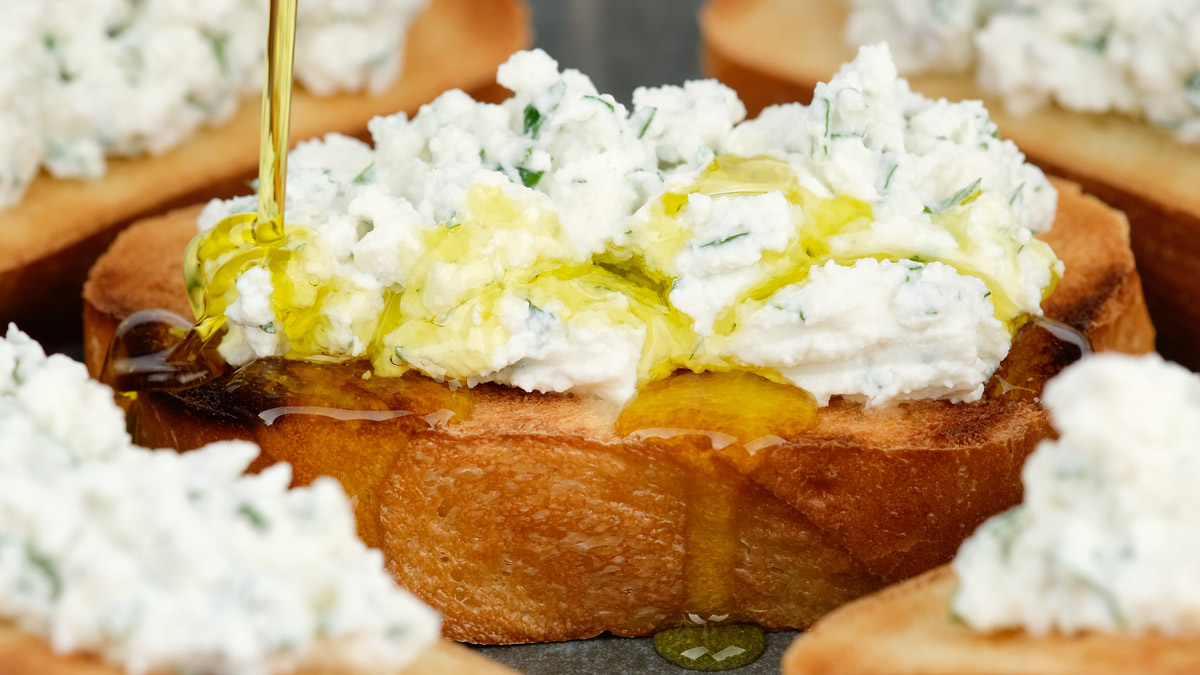 Garlicky Kale and Ricotta Crostini
Garlicky Kale and Ricotta CrostiniIn keeping with the convivial aspect of the Mediterranean diet, here’s a delicious recipe to make and share with loved ones.
Ingredients
- 1 12-inch baguette, sliced diagonally into 1/2-inch slices
- 4 tablespoons extra virgin olive oil, plus more for brushing
- 4 cloves garlic, peeled; 2 halved, 2 minced
- 1 large bunch baby kale, or another specialty type, stems removed and leaves coarsely torn or chopped
- 1/2 teaspoon anchovy paste
- 1/2 teaspoon crushed red pepper flakes
- 1 to 2 tablespoons red wine vinegar
- 1 teaspoon finely grated orange zest
- Salt and freshly ground pepper to taste
- 1/2 cup fresh ricotta
Directions
Step 1
Preheat your oven to 350°F. Make the crostini: Generously brush each slice of bread on both sides with olive oil and transfer to a baking sheet. Bake for 10 to 15 minutes, turning once, until the bread is lightly browned on both sides. Remove from the oven and rub both sides of the bread slices with the halved cloves of garlic and set aside.
Step 2
Heat a large sauté pan over medium heat. Film the bottom of the pan with 3 tablespoons of olive oil. Add the kale and sauté for 4 to 5 minutes. Add 1 or 2 tablespoons of water if the kale seems to be getting dry. Push the kale to one side of the pan and add 1 tablespoon of olive oil to the other side. Add the minced garlic to the oil along with the anchovy paste and crushed red pepper flakes. Sauté for 1 to 2 minutes, until the garlic is fragrant. Combine with the kale.
Step 3
Stir in the vinegar, zest, and salt and pepper to taste. Cover the pan and cook for 2 to 3 minutes more to blend the flavors.
Step 4
To serve, spread each crostini with a bit of ricotta and top with the sautéed kale.
Yields 6 to 8 servings

